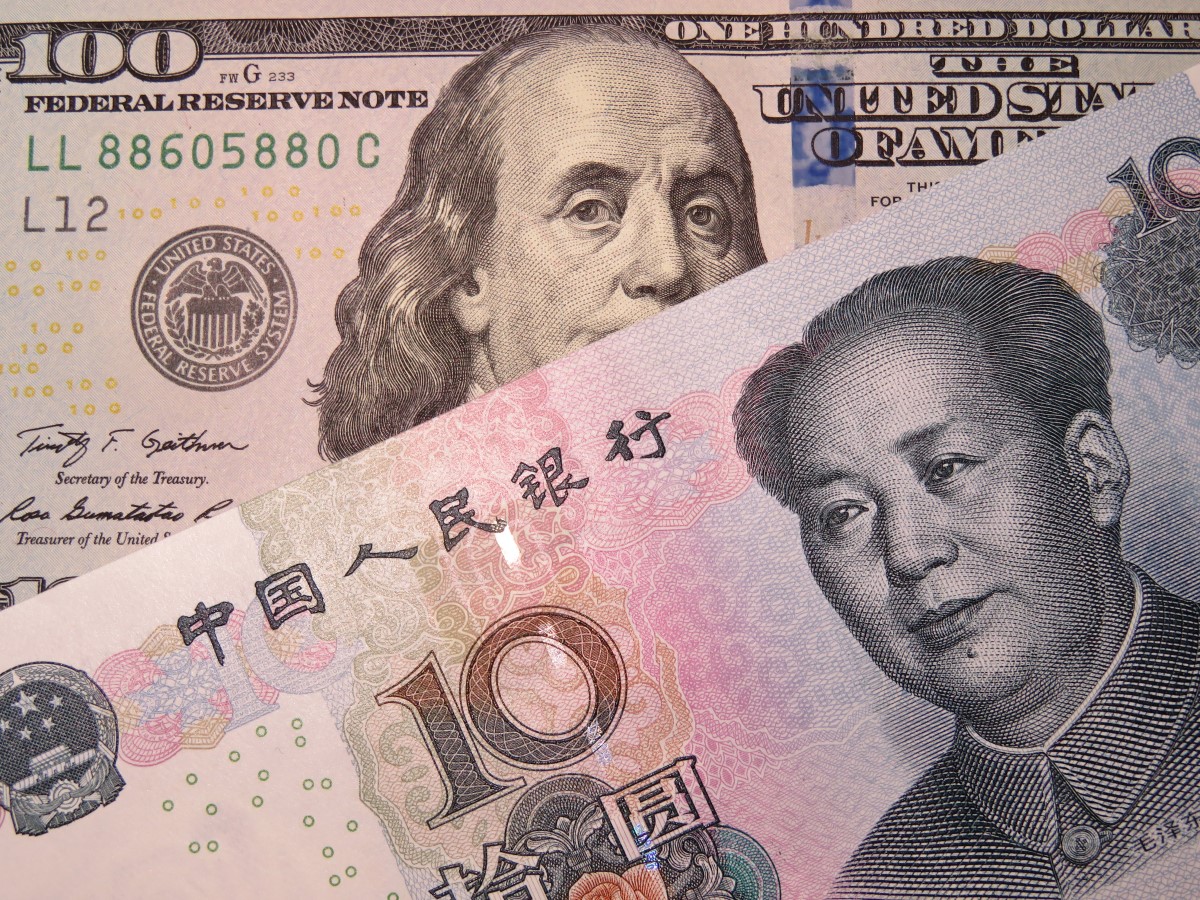
China’s Moves to Strengthen Yuan Amid Turbulence
China’s Moves to Strengthen Yuan Amid Turbulence
As global financial markets face headwinds, China has taken decisive actions to strengthen its currency, the yuan. In response to a significant downturn in the country’s A-shares, major state-owned banks in China have intervened, tightening liquidity in the offshore foreign exchange market and selling U.S. dollars onshore. This proactive stance aims to prevent the rapid depreciation of the yuan, signalling a clear policy move to stabilise the currency and counteract negative sentiments in the equity market.
China’s Response to Equities Decline
The benchmark Shanghai Composite index recently experienced its largest single-day decline since April 2022, dropping by 2.7%. Gary Ng, a senior economist for Asia Pacific at Natixis, notes that the move by state-owned banks is a strategic effort to stabilise the yuan and address the prevailing pessimism surrounding equities. Overseas funds have sold approximately $1.6 billion in Chinese equities early this year, driven by concerns over a potential slowdown in the world’s second-largest economy.
In this challenging environment, offshore yuan tomorrow-next forwards spiked to over a two-month high of 4.25 points; signaling tightened liquidity conditions. This surge is attributed to state banks in the offshore market reducing lending to their peers, thereby tightening offshore yuan liquidity and increasing the cost of shorting the currency. This multifaceted approach highlights China’s commitment to supporting the yuan amid turbulent market conditions.
Offshore Yuan Liquidity and Dollar Defense
In this strategic manoeuvre, state-owned banks have focused on both offshore yuan liquidity and assertive selling of dollars in the onshore spot foreign exchange market. The goal is to curb rapid declines in the yuan, with spot dollar selling becoming particularly aggressive to defend the crucial 7.2 per dollar level. This defensive stance is key in maintaining stability in the foreign exchange market and preventing excessive depreciation of the yuan.
State banks in China often act on behalf of the country’s central bank in the foreign exchange market. While their primary role is to execute policies ensuring monetary stability, they may also trade on their own behalf or execute orders for clients. The anonymity of the sources providing this information highlights the sensitivity of the matter, as market condition discussions are not typically conducted publicly.
Japanese Yen Gains Ground as BOJ Signals Commitment to Ultra-Dovish Policy
The Japanese yen has shown resilience, recovering 0.2% from its late-November lows, despite initial concerns about elevated U.S. interest rates. The focus is now on the Bank of Japan’s (BOJ) upcoming meeting on Tuesday, with widespread anticipation that the central bank will maintain its ultra-dovish policy, including negative interest rates and yield curve control mechanisms.
Analysts expect minimal changes to the BOJ’s stance, given the heightened uncertainty surrounding Japan’s economy after an early-year earthquake. Softening inflation and sluggish wage growth are likely to ease any pressure on the BOJ to tighten its policy.
Looking beyond the BOJ meeting, market attention turns to Tokyo’s consumer inflation data for January, which is expected to provide insights into any inflationary effects from the seismic events earlier in the year.
Meanwhile, in broader Asian currencies, a subdued atmosphere prevails as they recover from a lacklustre start to the year. After hitting a two-month low, the Australian dollar stabilised, while the South Korean won dipped by 0.2%, remaining close to a near three-month low. South Korea awaits its fourth-quarter GDP data, set for release this Thursday. The Singapore dollar has found stability near two-month lows ahead of crucial inflation data later in the week. In contrast, the Indian rupee showed little movement as local markets observed a special holiday.
The Current Yuan Landscape
Despite these interventions, the onshore yuan was last traded at 7.1963 per dollar, reflecting a decline of nearly 1.4% year-to-date. Its offshore counterpart was marginally higher at 7.2047. The challenges in the equity market and the broader economic landscape have pressured the yuan, necessitating these strategic moves by China’s financial authorities.
China’s recent efforts to support the yuan amid the tumultuous equity market underscore the nation’s commitment to maintaining currency stability. The strategic interventions by state-owned banks, addressing both offshore yuan liquidity and defending against rapid declines in the onshore spot market, reflect a nuanced approach. These measures, taken in response to challenges to investor confidence and a global economic slowdown, emphasise the importance of a resilient currency for China’s economic health. The ongoing effort to maintain the yuan’s strength will likely continue to shape China’s economic policies in the coming months.
The post China’s Moves to Strengthen Yuan Amid Turbulence appeared first on FinanceBrokerage.



